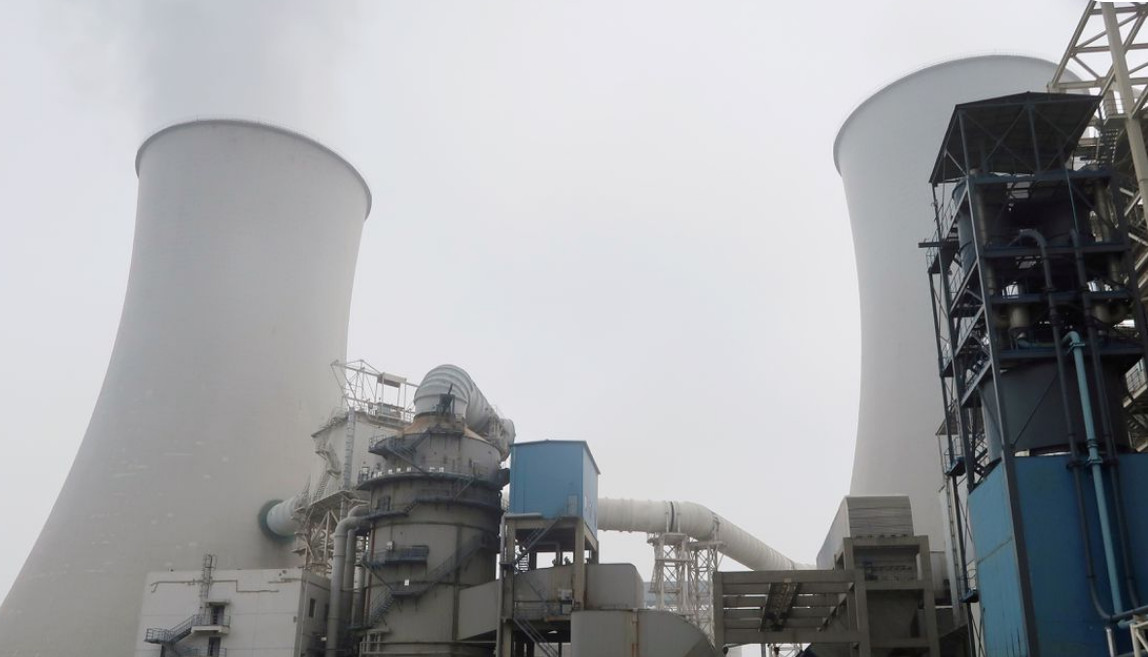Climate change and China: What investors need to know

The USA’s President Biden will be hosting a Leaders Summit on Climate at the White House on 22 and 23 April. China’s President Xi Jinping is one of the 40 world leaders invited to attend. This follows a special US climate envoy to China to discuss ways both countries could cooperate to tackle climate change. Given China’s increasing economic clout, its advanced recovery from the pandemic and overall industrial growth, its stance on climate change is critical to the success of any global environmental strategy.
For investors, China and sustainability are two of the most important investment themes this year, and so the Biden summit presents an opportunity to reflect on the challenges and opportunities they represent.
The Chinese economy and China’s approach to climate change have never been more important. Being the world’s second largest economy, the country is leading the recovery from the economic challenges caused by the COVID-19 pandemic. Investors have for some time now seen China as a rising economic superpower and as a useful diversifying element in their portfolios. During March’s “Two Sessions” meetings in Beijing, China’s most senior politicians laid out the country’s 14th Five Year Plan. For the first time, this included mention of long term commitments to achieving climate goals.
These factors emphasise the unavoidable impact China has on the world stage. But of equal importance is the fact that companies in China are the largest emitters of greenhouse gases globally. While it’s true that on a per capita basis, the US is far worse, we simply can’t achieve a carbon neutral world without China’s active participation.
This creates a conundrum for investors: how do they benefit from China’s economic strength whilst ensuring their portfolios reflect climate change concerns?
While particularly pertinent to China, such issues aren’t in fact unique to this market. From a global perspective, how the risks and opportunities associated with the transition to a low-carbon economy are reflected in portfolios remains a significant challenge that investors are grappling with. Any approach to climate change in portfolio construction needs to focus on several aspects.
Firstly, a focus on better data is critical – institutions must understand both the transition risk and the physical risk associated with climate change in their portfolios. The development of new metrics, measures and greater industry transparency on these issues will allow sustainability factors to be embedded into asset allocation decisions, which in turn should allow portfolio tilting towards assets less exposed to climate related risk. While starting from a low base, Chinese companies’ environmental disclosure is rapidly improving, underpinned by a supportive regulatory environment.
Investing in climate solutions should be seriously considered by investors. Further, assets that have relatively poor climate characteristics but are on the upward trajectory also have an important role to play in an investment portfolio. Investors can maintain a desirable climate risk profile at the total portfolio level by increasing exposure to assets that have positive real-world impact in either carbon reduction, or adaptation solutions - in other words, technology that will help us survive in a world with, for example, more extreme weather and higher sea levels.
China has in recent years emerged as a world leader in funding and developing technologies to combat climate change. It is, by far, the world’s largest wind and solar energy producer. In 2019, it poured more investments into clean energy than the U.S., Japan, UK, and France combined. It is leading the world in electric car sales and home to 98% of world’s electric buses.
The country has made significant pledges in recent months to tackling climate change, notably the aim to be carbon neutral by 2060 and at its maximum carbon emission level by 2030. The COVID-19 pandemic might actually serve as a catalyst to accelerate investment in the so-called ‘Green Belt and Road’ – environmentally-focused infrastructure and other projects forming part of one of President Xi Jinping’s signature initiatives.
Despite these opportunities, for most investors, China remains a complex and difficult-to-understand market. Adding an overlay of climate concern adds to the challenge of hunting down good returns whilst maintaining your portfolio’s ESG credentials. As such, on-the-ground knowledge and insight are critical.
China and climate change represent overlapping priorities for investors that interact with each other in ever more complex ways. They are themes that have serious implications for return pathways and portfolio management. Investors need to seriously consider their approach to them when building a portfolio that is fit, not only for 2021, but for our future beyond.
-- Contact us at [email protected]
-

Equip young people for the future Dr. Winnie Tang
In late February, the inaugural flight of an air taxi from Shenzhen Shekou Cruise Homeport to Zhuhai Jiuzhou Port took only 20 minutes with an estimated one-way ticket price of 200 to 300 yuan per
-

Are we raising a generation of leaders, or of followers? Brian YS Wong
The essence of education is defined not by the facts it imparts, but the potential knowledge it inspires students to individually pursue on their own. Put it this way – the ideal form of education
-

The urgent need for reforms to sex education in Hong Kong Sharon Chau
Nearly one in every four university students (23%) in Hong Kong has been sexually harassed, according to a 2019 report published by the Equal Opportunities Commission (EOC). A 2019 study found that
-

STEAM should be linked to real life Dr. Winnie Tang
In the 2017 Policy Address, STEM (science, technology, engineering and mathematics) education was proposed as one of the eight major directions to promote I&T development. Since then, funding has
-

Let trees speak for themselves Dr. Winnie Tang
I often say that smart cities start with smart planning, but smart planning presupposes adequate, systematic and up-to-date data. This is important not only for city administration, but also for tree















